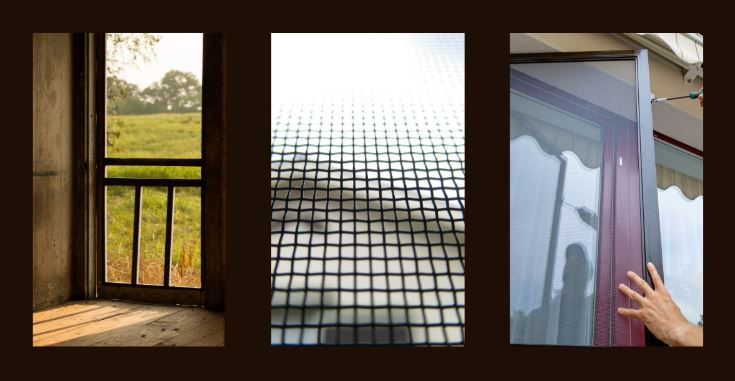Guest Post by Hubert Dwight
For generations, flyscreen doors have been an essential part of numerous homes in Australia.
Their simple mechanism effectively prevents those pesky intruders that can cause some serious iritation if they enter your home.
However, a significant number of people are still unsure whether they should invest in such doors or not.
If you haven’t used such doors previously, here are some of the major reasons why you should get one immediately.
Keeps Insects Away:
The primary purpose of these flyscreen doors is to keep out insects.
In certain parts of Melbourne, insect infestation is a massive problem.
Installing flyscreen doors in Melbourne homes can stop those pesky insects from entering the houses and causing health problems.
These screen doors also help you take care of the insect problem without using any harmful pesticides.
Adds an Extra Layer of Security:
When you invest in good-quality flyscreen doors, they help you deter more than just the insects.
They offer an additional layer of protection against intruders, and more.
If you choose flyscreen doors made with stainless steel, they are also resistant to damage from pets scratching
Keeps the Children Safe:
Apart from preventing insects and other intruders from entering your home, flyscreen doors also help you keep your toddlers safe inside your home.
While solid doors give children the feeling of being “locked in the fortress,” the flyscreen doors offer a clearer view of the outside world, even through the mesh.
As such, these doors prevent children from venturing outside without help from an adult.
Ensures Privacy:
If you want to improve the privacy of your home while enjoying the view of the outside world, these flyscreen doors are a great option to consider.
These mesh doors allow people inside the home to look outside without any issues, but people outside the home cannot see what is inside unless they are close enough to the door.
So, it is difficult for someone to spy on your house from a distance when you have installed such doors at your place.
Allows Proper Air Circulation:
Installing flyscreen doors can help you save energy by keeping your home cool. The perforated design of these doors allows air to circulate properly.
As a result, your house feels cooler without using air conditioning for several months.
The screens also block some portion of the direct sunlight, which can often increase the temperature inside the house.
This way, you can save a significant amount of money on your energy bill.
Adds More Style:
You will find flyscreen doors in numerous designs that can add more style to your home’s entrance.
From colonial-casting screen doors to diamond grille screen doors – you have plenty of options to choose from.
Some flyscreen door manufacturers can also customise the design as per your personal preferences. Also, you have the option to choose the materials – from aluminium to wood.
So, choose the one that matches the style and decor of your home. It is even better if you are installing the flyscreen door as a part of home renovation.
Brightens Your Home with Natural Light:
Flyscreens are known for allowing significantly larger amounts of natural light into a room, thanks to their perforated design.
While natural light can improve your mood, the UV rays from the sunlight also help prevent germs buildup and mould.
Moreover, the natural brightness of the room makes the space look larger.
Additionally, it reduces your dependency on electric lights during the day, helping you save some energy along the way.
Conclusion
Flyscreen doors have evolved significantly over the years.
While their primary purpose is still to prevent insects from entering your home, the designs and functionalities of these doors have changed noticeably to meet the requirements of modern households.
Local manufacturers can also create customised solutions that blend seamlessly with the ongoing decor and style of your home.
